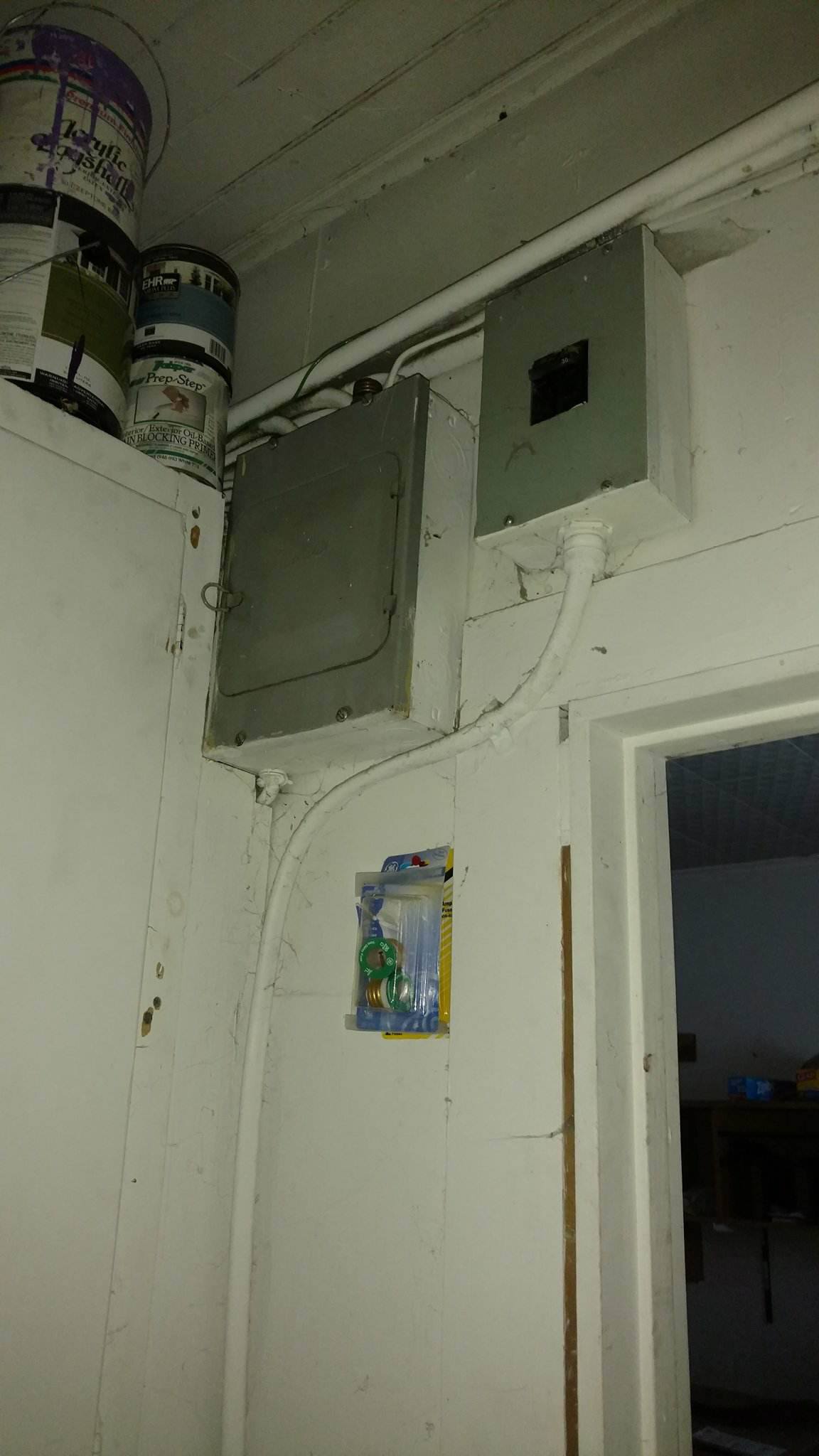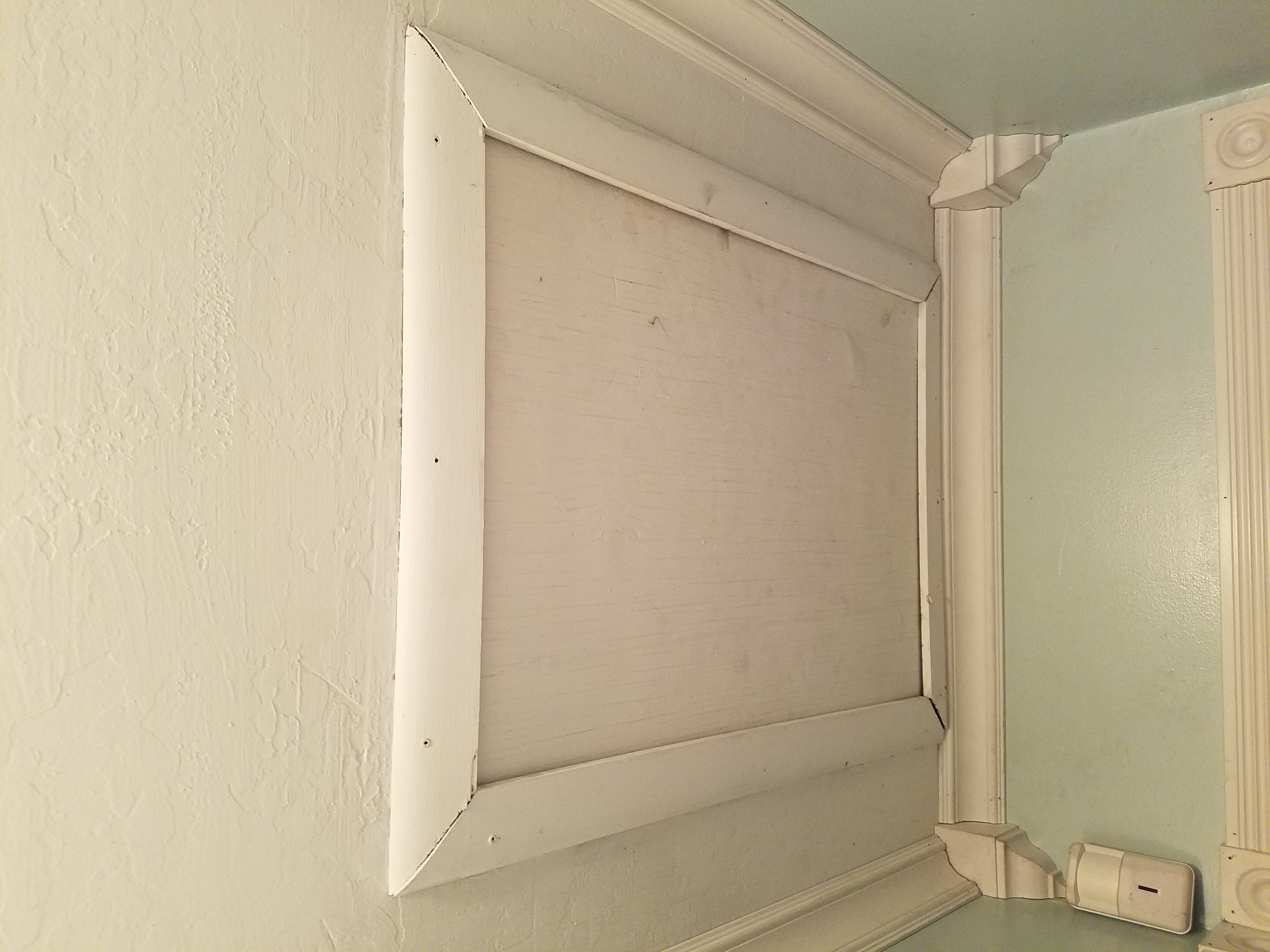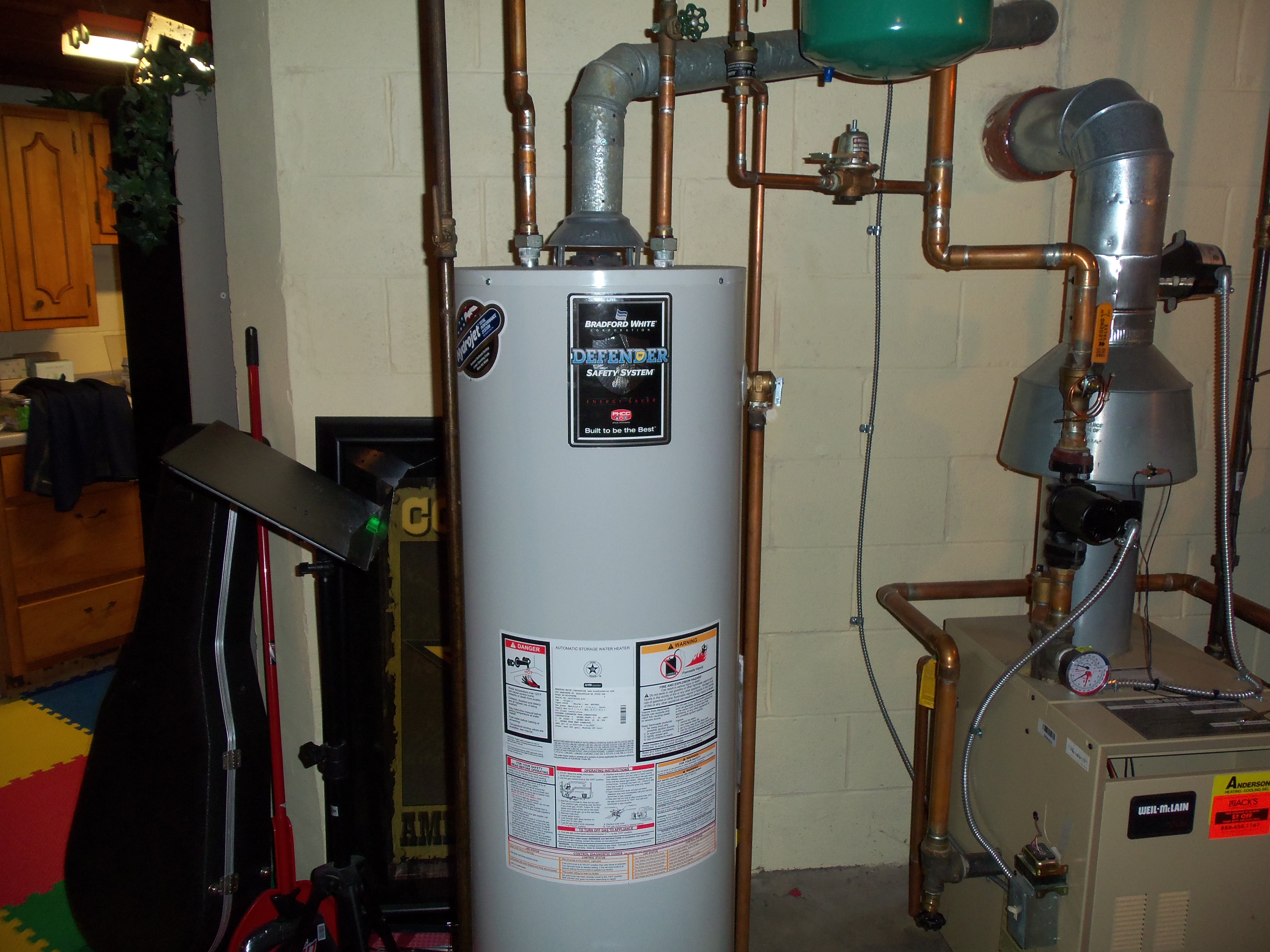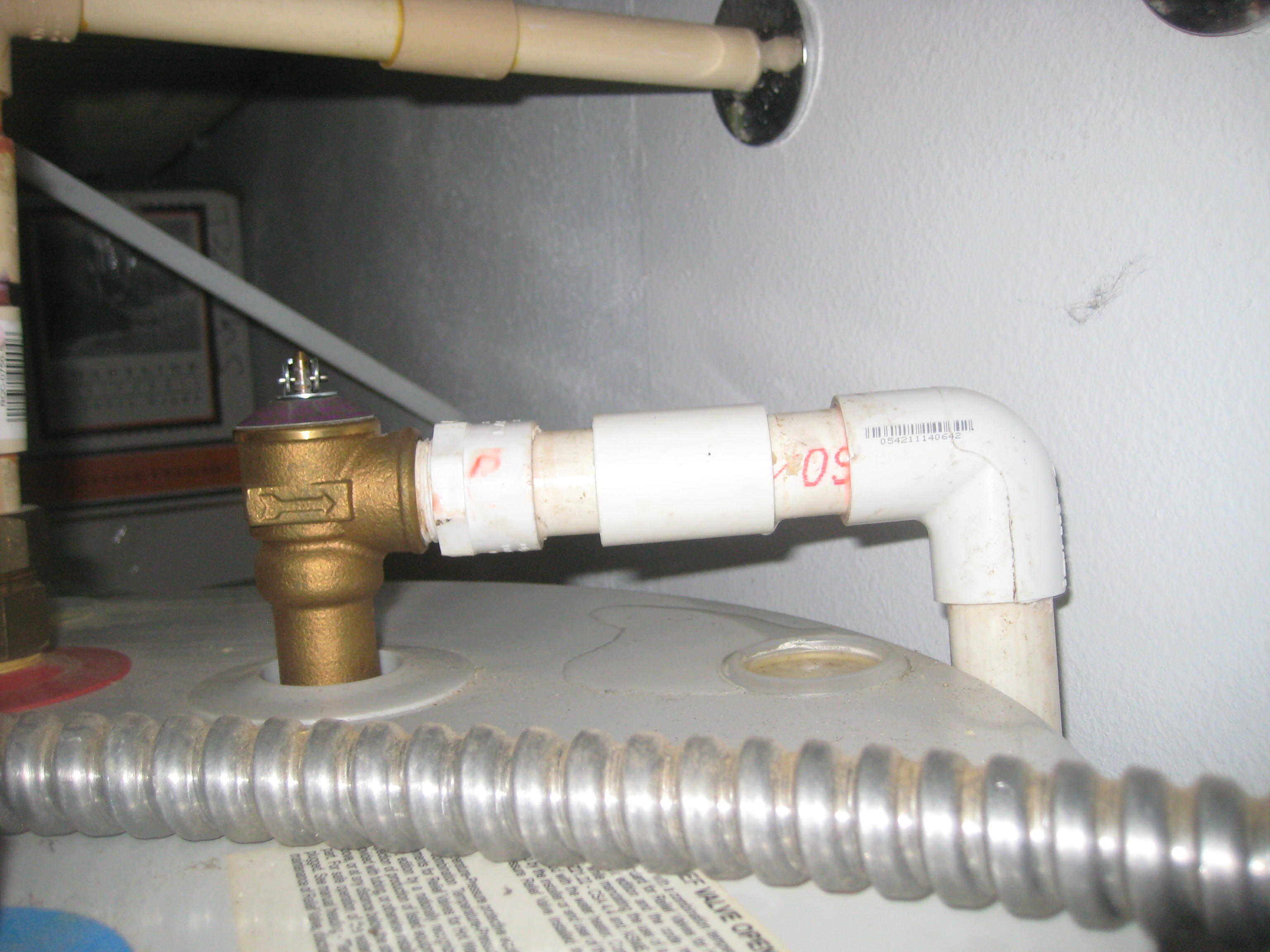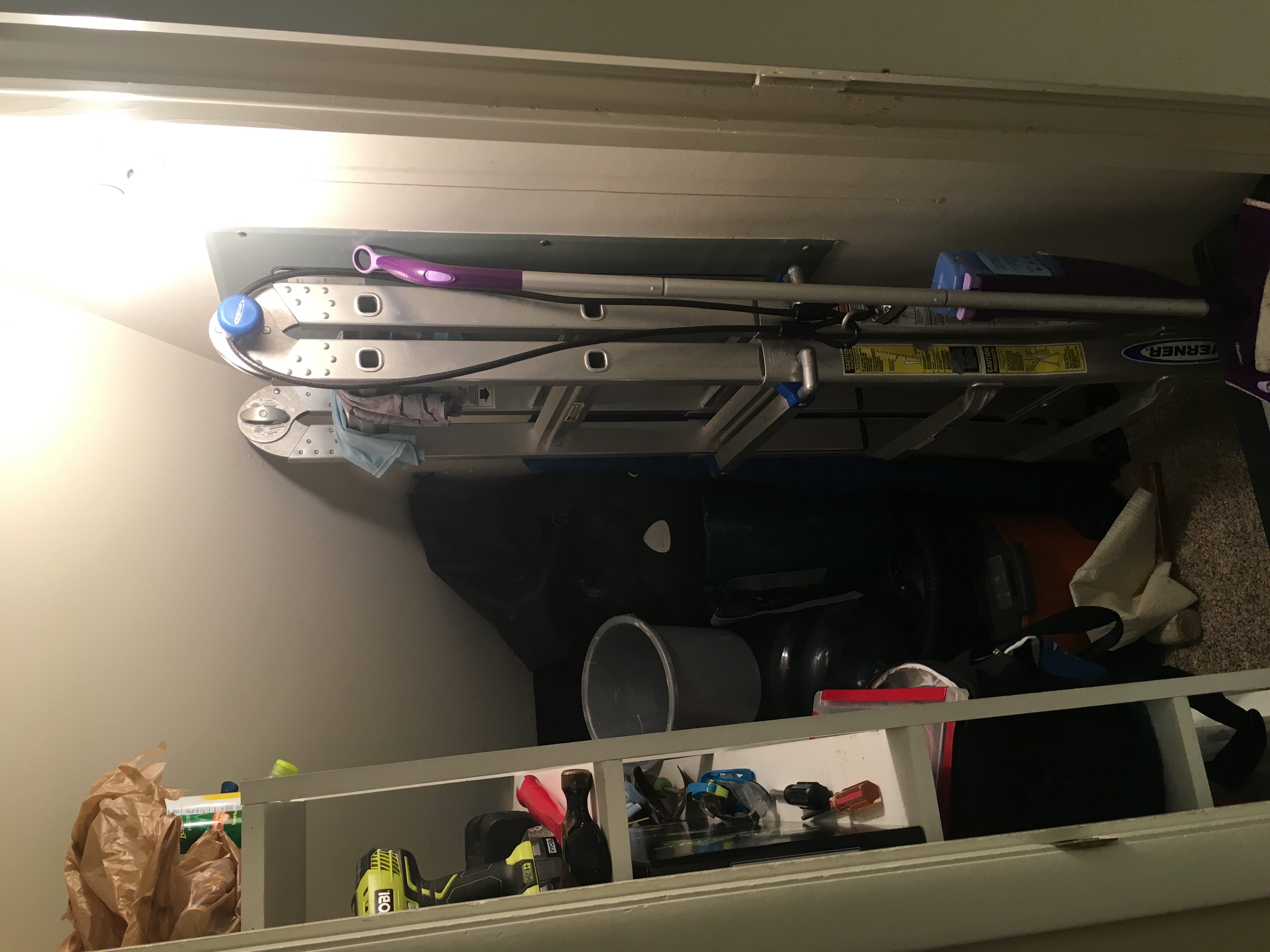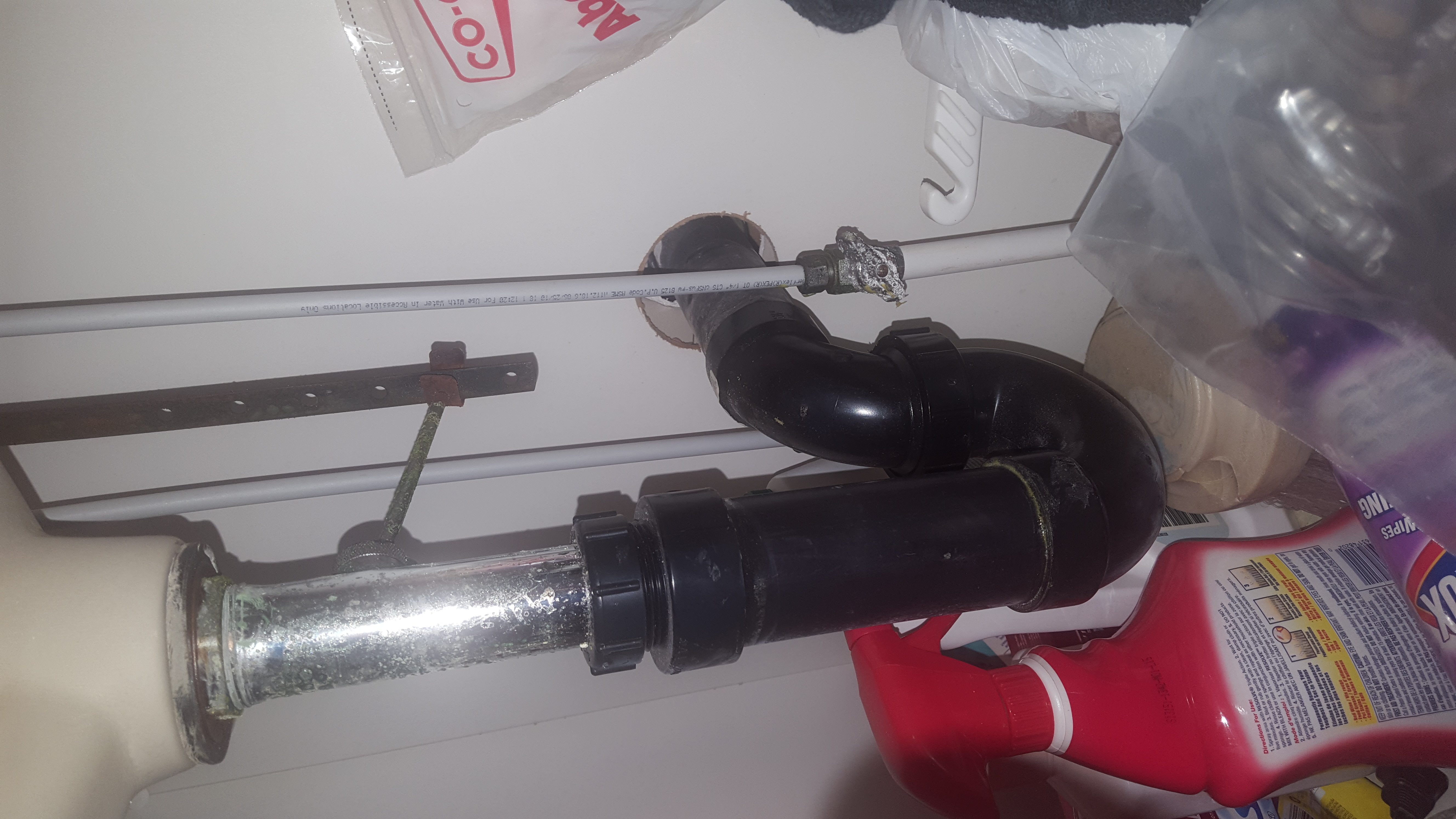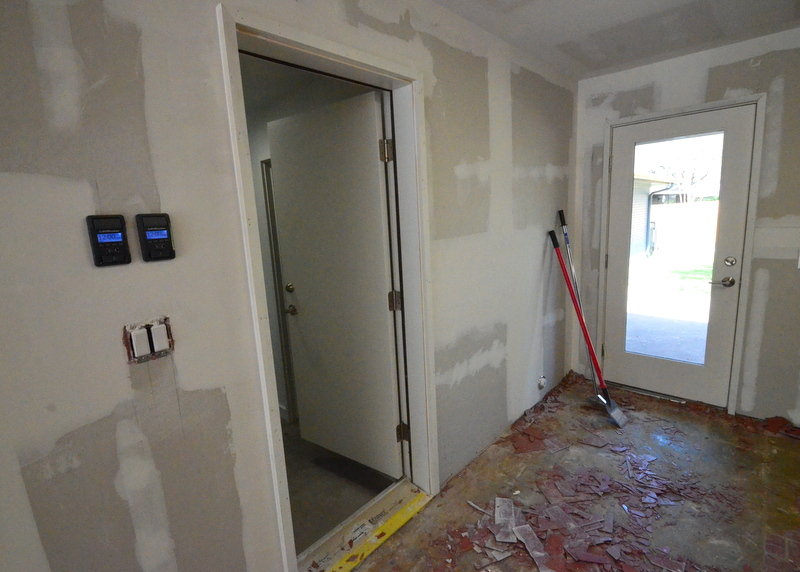I viewed the “Brick Masonry Foundation” image. I did not realize that a typical brick foundation is three bricks thick. I also like the fact that the image addresses proper drainage at the footing. The backfill area is shown as a triangular shape, which is highly unlikely during actual construction. Most likely it is a rectangular trench that should be backfilled in 6 inch lifts if using handheld compactors (jumping jacks).
The service entrance cable is on a flat roof. There is less than 18" of clearance from the drip loop to the roof surface. Also the clearance to the drive way below is approximately 10’. 12’ minimum is needed. Recommend Qualified electrical contractor evaluate and repair.
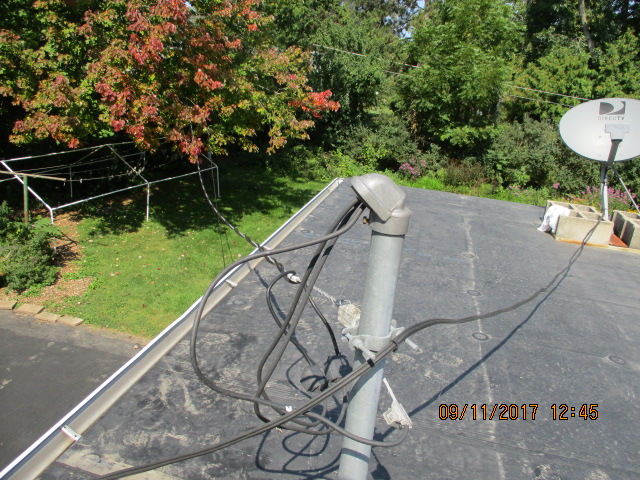
I observed the image of counter flashing. This component is critical on chimneys to prevent water intrusion. Caulking step flashing is not only improper but invites water intrusion. A proper installation has the counter flashing mortared in. This can be achieved later by saw cutting of the brick.
Pictured is the electrical panel for the residence. It is clearly not up to code, existing five feet above the finished floor to the bottom of the panel, and sandwiched behind a permanently installed cabinet, it is impossible to adequately perform work on the panel in its current condition. Along with the lack of adequate access, the panel does not have proper required clearances that allow for safe work. Also, multiple unsealed penetrations exist along the top side of the panel. The panel should be addressed and corrected by a qualified and certified electrician.
Backflow occurs when the normal water flow that exists in a plumbing system is reversed which can often lead to the contamination of potable water. Backflow is obviously an unwanted and dangerous defect in a system. Usually backflow is caused by a supply pressure issue. In the case of a healthy system, the supply pressure should be higher than the pressure that exists downstream. This higher supply pressure allows water to flow adequately along a system without being pushed back. When backflow occurs, a higher downstream pressure can push non-potable water from city drainage lines back into the home’s potable water supply. Backflow is a potentially dangerous condition and should be addressed by a licensed plumbing contractor.
This attic access is not to code, it is 19" X 27-1/2", standard states it should be at least 22" X 30". This access could hamper easy ingress and egress of persons and therefore creates a safety hazard for this confined space. The client should consider having this changed to meet code requirements.
I chose ‘nailing vinyl siding’. From my picture, nailing the siding centered and loosely to allow for expansion and contraction. When siding is laying siding, overlap the next vinyl siding 1/2"-1" over with a 1/2" gap for the nailing strip.
https://www.nachi.org/garage-inspection.htm. There are numerous issues with this garage relating to the trusses and their installation. The most obvious is the use of joist hangers to support the weight of the roof under loads, in this case snow loads. The trusses should be supported on the top plate of the exterior walls. Deck screws were used which do not provide enough shear strength and may fail under high snow loads and are installed into the interior sheet rock, this further weakens the support of the roof system. The gang nails have been damaged due to removal, thus the mechanical holding mechanisms into the wood are no longer functional. The Client is recommended to consult with a construction/engineering professional for advise on how to correct these serious mechanical deficiencies.
One of the most important systems to inspect is the hot water system. In this photo of a 2 year old unit, we see the proper installation of a TPR valve. The valve is located in the upper 6 inches of the tank and a proper discharge tube is securely attached. No drips are evident from the tube which would indicate an issue with the tank.
Lack of dryer vent maintenance causes more than 13,000 fires each year. One of the characteristics of a proper vent is having a length of no more than 25 feet. Bends in the vent line, whether they be 45 or 90 degrees, affect the allowable length of of the vent. Adhering to this guideline, as well as required lint trap cleanings can and will reduce the amount of dryer vent fires per year.
The existing discharge piping for the Temperature and Pressure (T & P) relief drain line on the water heater is PVC material, which is not rated for use on hot water lines and could collapse/fail when exposed to hot water in this application and create a dangerous condition. Have a plumber change the pipe to 3/4 inch copper, galvanized, CPVC, or PEX pipe to meet installation and product guidelines.
Aluminum wiring was installed in homes between 1965 and 1973. Due to its inherent qualities aluminum wiring has the potential to fail far more common then copper wire and can lead to house fires. The best solutions to fix this problem are a complete home rewire or install copalum crimps at each termination point.
According to standard 19 regarding panel work space, space cannot be designated as storage. This particular area is under a stairwell and has shelving to indicate storage. Is this designated storage by the owner or the builder? It’s 27.5 inches from panel to shelf which meets requirements but the question is it’s designation as “storage”.
I chose to write about the asphalt shingle nailing diagram. I have always wondered why, when going into my attic or anyone else’s attic, why the nails would stick out. Seemed like a horrible hazard that would end badly for me if my head shot up for whatever reason in an attic. Now I see that its considered a good penetration for a nail to shingle.
Here is a picture of a trap in a washroom, under the sink, that is using a p-trap. This trap doesn’t allow sewer gases to escape. A couple of things to note here would be the vertical distance from fixture outlet to the trap weir is not greater than 24inches. Also the horizontal distance is no greater than 30inches from the centerline of the fixture outlet to the centerline of the inlet of the trap.
In the image gallery there is a picture of a panel work space description. It describes the space needed to do an inspection. Workspace in front of an electrical panel should be at least 36inches in depth for adequate workspace. There should be 30inches in width and not less than the width of the electrical panel. If panelboard is wider than 30inches then the workspace extends it’s full width. The height should be 6ft 1/2inches from the floor or platform and no components unrelated to electrical equipment should not be above the panelboard.
These are recommended to help relieve pressure in water line from getting too high due to the heating of water. Too high of water pressure can result in plumbing issues such as a leaking TPR valve. Recommend checking with local plumber to determine if needed or required by the municipality.
Wall and/or ceiling surfaces between the attached garage and interior living spaces have gaps, holes, or missing or inadequate surface materials. These surfaces are intended to prevent vehicle fumes from entering living spaces, and to slow the spread of fire from the garage to living spaces.
The door separating the garage and unit, meet standards of at least 1-3/8 thick. It is also solid wood with a self-closing device. The drywall separating the garage from the unit is no less than 1/2 an inch, on the garage side. Above the garage is an occupied space which meets standards of 5/8 inch Type X drywall.
Mold produces allergens, irritants, and toxic substances. It can cause hay-fever like symptoms. Mold needs oxygen, moisture, a food source, and a surface to grow. It may not be visible but more than likely, if you can see it, its a severe case. It may produce mildew. Most cases carpet must be replaced
